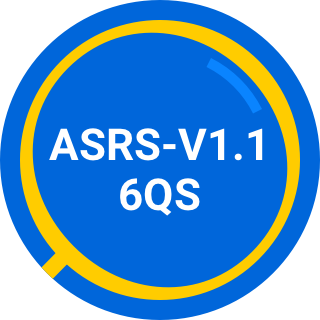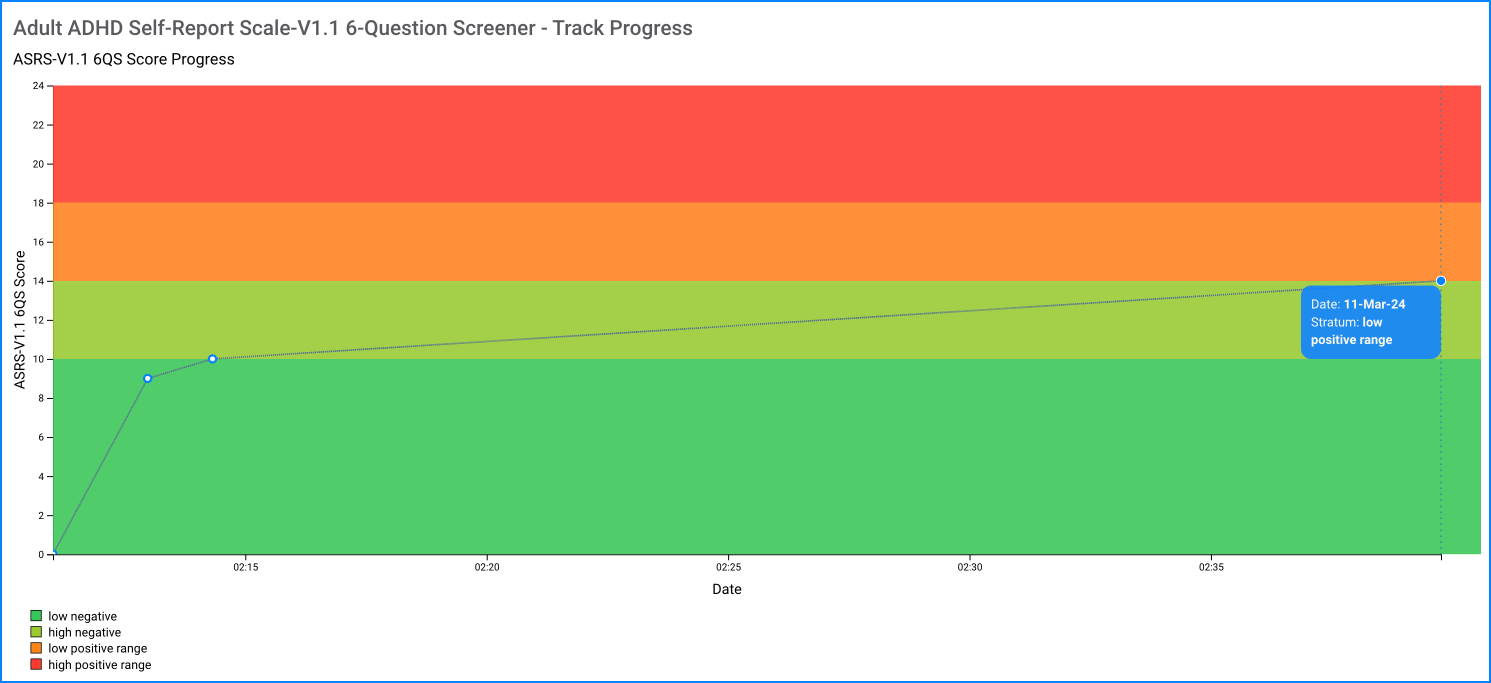The original ASRS-V1.1 Screener dichotomous scoring rule, assigned 1 point for items scored above a certain threshold to create a 0-6 scale with a cutpoint of 4 or more to screen positive for ADHD. However, the prevalence estimates for ADHD were high/inconsistent. The 0-6 scoring rules were originally created to make it easier for primary care/clinical use. But, as described in the paper “Kessler, R.C., Adler, L.A., Gruber, M.J., Sarawate, C.A., Spencer, T., Van Brunt, D.L. (2007). Validity of the World Health Organization Adult ADHD Self-Report Scale (ASRS) Screener in a representative sample of health plan members. International Journal of Methods in Psychiatric Research 16(2), 52-65” an alternative 0-24 scale scoring method was found to be more robust and better for research purposes/when studying prevalence and correlates of ADHD compared to the 0-6 scoring system. This alternative system assigns 0 points for a response of “never,” 1 point for “rarely,” 2 points for “sometimes,” 3 points of “often,” and 4 points for a response of “very often” to each question. The points are summed for a range of 0-24, with a cutpoint of 14 or more to screen positive for ADHD. The total score can be classified in four stratum: 0-9=low negative, 10-13=high negative, 14-17=low positive range, and 18-24=high positive range.
The 6-question Adult Self-Report Scale-Version1.1 (ASRS-V1.1 6QS) Screener is a subset of the 18-question Adult ADHD Self-Report Scale-Version1.1 (Adult ASRSV1.1) Symptom Checklist. The Adult ADHD Self-Report Scale-V1.1 6-Question Screener is an instrument consisting of the eighteen DSM-IV-TR criteria. Six of the eighteen questions were found to be the most predictive of symptoms consistent with ADHD. These six questions are the basis for the ASRS-V1.1 6QS.




